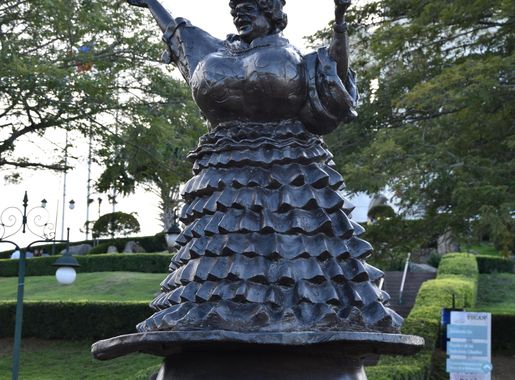
Gurabo: The Hidden Gem of Santiago
Discover Gurabo in Santiago, Dominican Republic: A vibrant neighborhood rich in culture, history, and natural beauty, perfect for an authentic travel experience.
Nestled within the vibrant city of Santiago in the Dominican Republic, Gurabo offers a unique blend of culture, history, and natural beauty. This quaint neighborhood is perfect for those looking to explore beyond the usual tourist spots and experience the local way of life. Gurabo's streets are lined with charming colonial-style homes and colorful murals, giving visitors a glimpse into the area's rich history and artistic spirit. The neighborhood is known for its friendly locals who are always eager to share stories and recommendations, making it easy for tourists to feel at home. One of Gurabo's highlights is its lush green spaces and parks, perfect for leisurely strolls or picnics. The area is also a hub for local markets and street vendors, where you can sample delicious Dominican cuisine and purchase unique handmade crafts. Don't miss out on visiting the nearby historic sites and museums that offer deeper insights into the region's past. In the evenings, Gurabo comes alive with music and dance, reflecting the vibrant culture of the Dominican Republic. Whether you're enjoying a live performance or simply soaking in the atmosphere at a local café, Gurabo promises an unforgettable experience.
Local tips in Gurabo
- Visit local markets early in the morning for the freshest produce and best bargains.
- Wear comfortable walking shoes as the neighborhood is best explored on foot.
- Learn a few basic Spanish phrases to enhance your interactions with locals.
- Bring a camera to capture the stunning murals and colonial architecture.
- Try the local street food, especially the empanadas and fresh fruit juices.
Gurabo: The Hidden Gem of Santiago
Nestled within the vibrant city of Santiago in the Dominican Republic, Gurabo offers a unique blend of culture, history, and natural beauty. This quaint neighborhood is perfect for those looking to explore beyond the usual tourist spots and experience the local way of life. Gurabo's streets are lined with charming colonial-style homes and colorful murals, giving visitors a glimpse into the area's rich history and artistic spirit. The neighborhood is known for its friendly locals who are always eager to share stories and recommendations, making it easy for tourists to feel at home. One of Gurabo's highlights is its lush green spaces and parks, perfect for leisurely strolls or picnics. The area is also a hub for local markets and street vendors, where you can sample delicious Dominican cuisine and purchase unique handmade crafts. Don't miss out on visiting the nearby historic sites and museums that offer deeper insights into the region's past. In the evenings, Gurabo comes alive with music and dance, reflecting the vibrant culture of the Dominican Republic. Whether you're enjoying a live performance or simply soaking in the atmosphere at a local café, Gurabo promises an unforgettable experience.
Iconic landmarks you can’t miss
Monument to the Heroes of the Restoration
Explore the Monument to the Heroes of the Restoration, a stunning cultural landmark in Santiago de los Caballeros, celebrating Dominican history and valor.
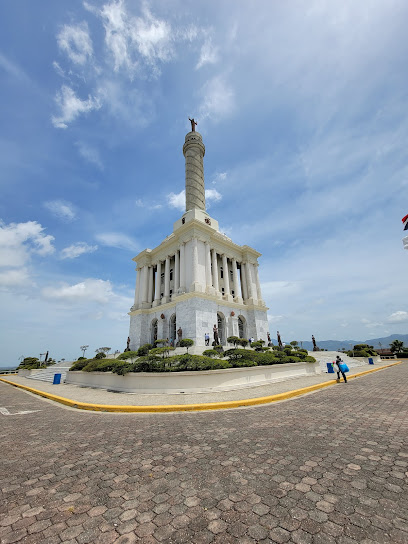
Centro Cultural Eduardo León Jimenes
Explore the rich artistic heritage of the Dominican Republic at Centro Cultural Eduardo León Jimenes, a vibrant hub for art and culture in Santiago.
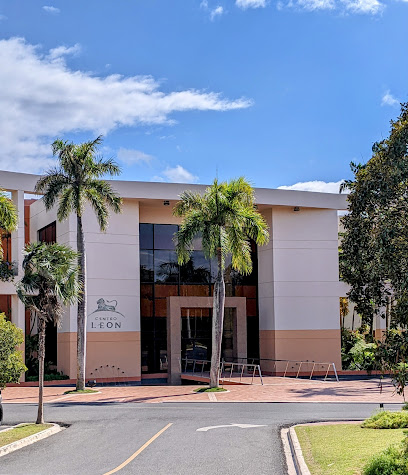
Duarte Park
Experience the serene beauty of Duarte Park, a lush green haven in Santiago de los Caballeros, perfect for relaxation and family outings.
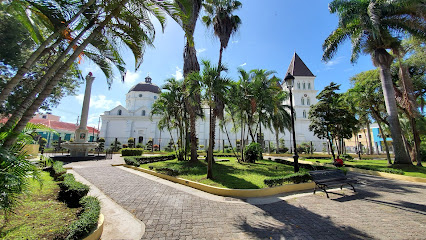
Jardín Botánico de Santiago Profesor Eugenio de Jesús Marcano Fondeur
Explore the lush beauty of Jardín Botánico de Santiago, a serene botanical garden showcasing the rich biodiversity of the Dominican Republic.
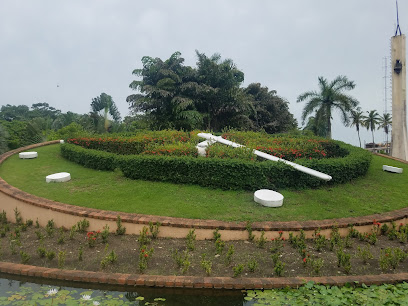
Fortaleza San Luis
Explore the captivating history of Fortaleza San Luis, a 17th-century fortress and museum in Santiago de los Caballeros, rich in culture and breathtaking views.
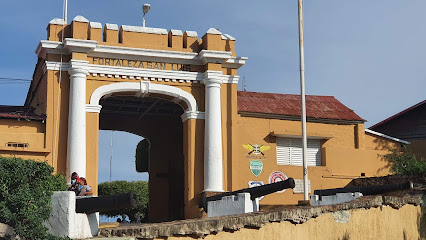
Hostal Casa Jum
Discover the charm of Santiago de los Caballeros at Hostal Casa Jum, where comfort meets authentic Dominican cuisine.
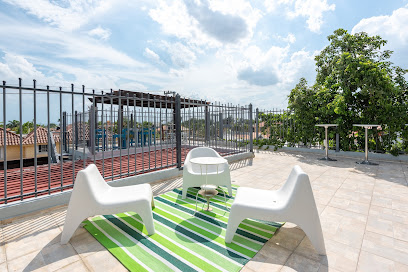
El Saltadero de Jacagua
Explore the tranquility of El Saltadero de Jacagua, an ecological park filled with stunning waterfalls and vibrant wildlife in Santiago de los Caballeros.
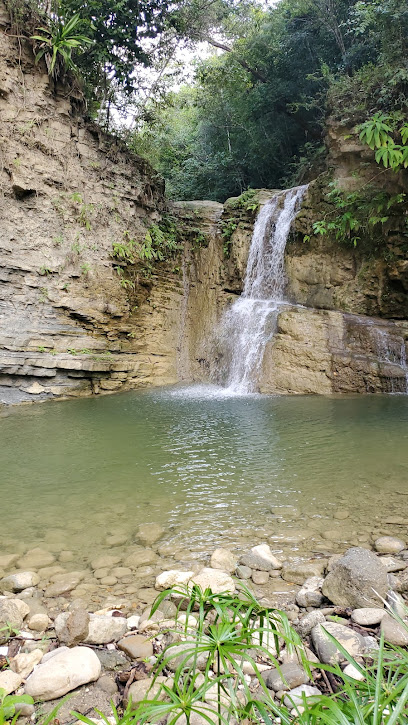
Palacio Consistorial
Discover the rich history and stunning architecture of Palacio Consistorial, a must-visit museum in Santiago de los Caballeros that celebrates Dominican heritage.
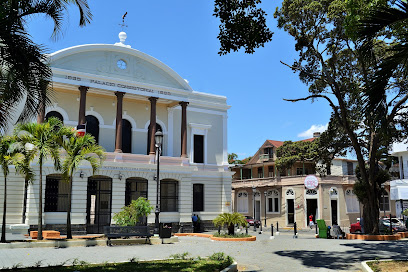
Río Gurabo
Experience the breathtaking serenity of Río Gurabo, a tranquil river near Santiago de los Caballeros, perfect for relaxation and outdoor adventure.
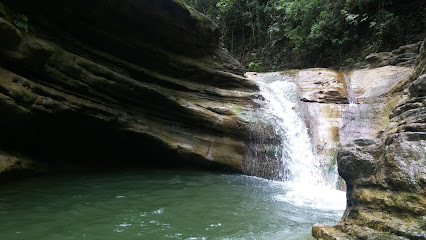
Lineal Arroyo Gurabo Park
Explore the tranquil beauty of Lineal Arroyo Gurabo Park, a serene sanctuary in Santiago de los Caballeros, perfect for relaxation and family fun.

Boulevard Las Tres Cruces
Explore the enchanting Boulevard Las Tres Cruces: a historical landmark in Santiago de los Caballeros showcasing the Dominican Republic's vibrant culture and architecture.
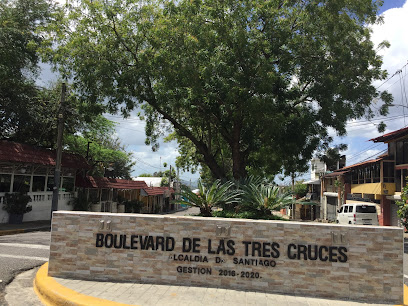
Gurabo, Santiago de los caballeros
Discover the vibrant culture and culinary delights of Gurabo, a charming neighborhood in Santiago de los Caballeros, Dominican Republic.
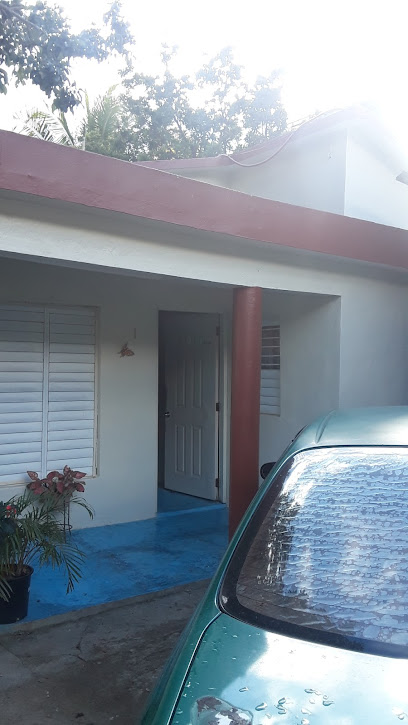
Casa de Ermogenes
Discover comfort and local charm at Casa de Ermogenes in Santiago de los Caballeros, your perfect lodging choice for exploring the Dominican Republic.
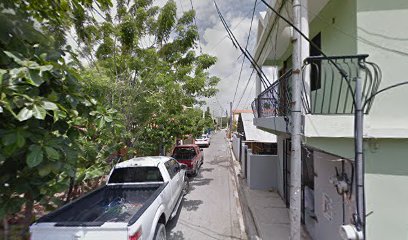
Desembocadura arroyo gurabo
Explore the tranquil beauty of Desembocadura Arroyo Gurabo, a serene natural monument in Santiago, perfect for relaxation and nature walks.
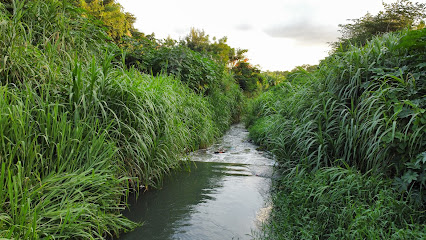
Gurabo
Explore Gurabo, a serene condominium complex in Santiago de los Caballeros, perfect for families and travelers seeking comfort amidst vibrant local culture.

Unmissable attractions to see
Taino Valley Tropical Park
Explore the vibrant beauty and thrilling adventures at Taino Valley Tropical Park, a perfect family-friendly destination in the Dominican Republic.
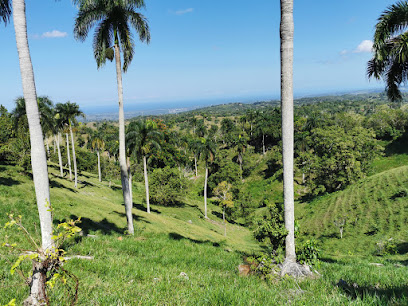
Lineal Arroyo Gurabo Park
Experience the natural beauty and tranquility of Lineal Arroyo Gurabo Park in Santiago de los Caballeros, a perfect retreat for relaxation and recreation.
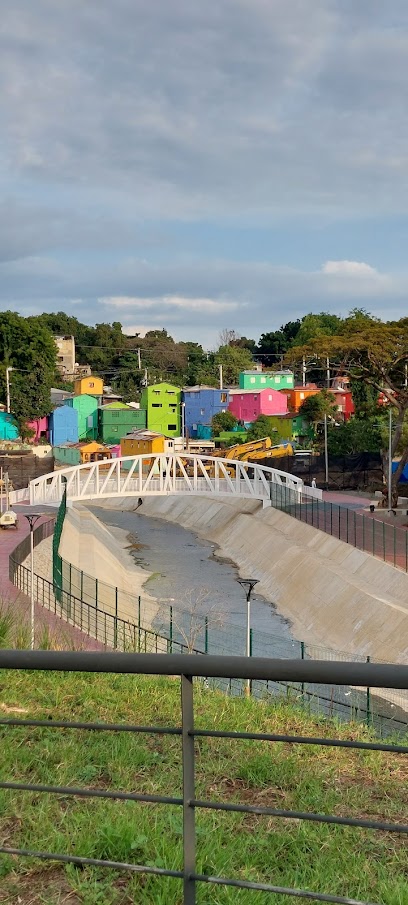
Essential places to dine
Camp David Ranch Restaurant
Discover culinary delights at Camp David Ranch Restaurant – where exquisite flavors meet breathtaking views in the heart of nature.
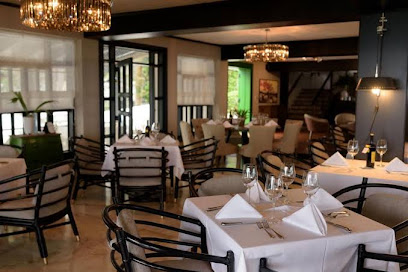
La Locanda Restaurante
Experience authentic Italian cuisine at La Locanda Restaurante in Santiago de los Caballeros – where every dish tells a delicious story.
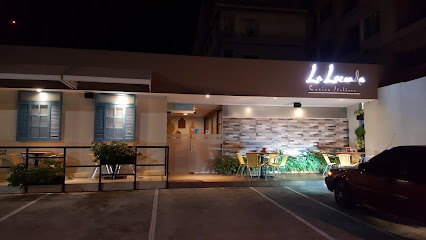
Kukaramacara Country Restaurant & Bar
Experience the best of Dominican cuisine at Kukaramacara Country Restaurant & Bar—where seafood delights meet grilled perfection.
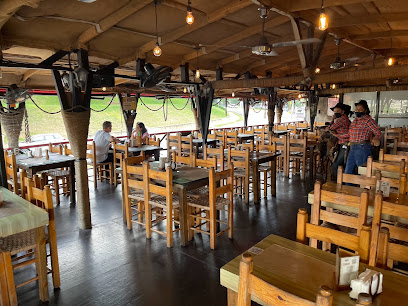
il pasticcio Cucina Italiana
Savor authentic Italian cuisine at Il Pasticcio Cucina Italiana in Santiago de los Caballeros – where every dish tells a story.
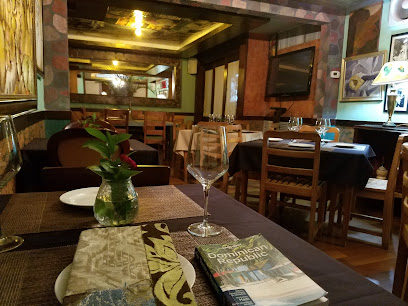
lamanjay Restaurant and lounge
Discover authentic Caribbean flavors at Lamanjay Restaurant and Lounge in Santiago de los Caballeros - a culinary journey awaits!
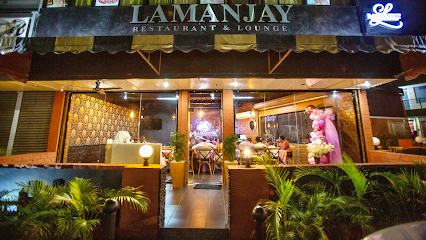
PUNTO D' KEDA
Experience authentic Dominican cuisine at Punto D' Keda, where vibrant flavors meet warm hospitality in Santiago de los Caballeros.

Puros y Carnes
Experience the rich flavors of Dominican cuisine at Puros y Carnes, where grilled meats meet vibrant atmosphere in Santiago de los Caballeros.
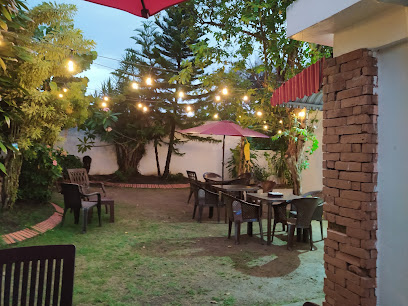
El Ranchito Restaurant
Discover authentic Dominican flavors at El Ranchito Restaurant in Santiago de los Caballeros - where every dish tells a story.
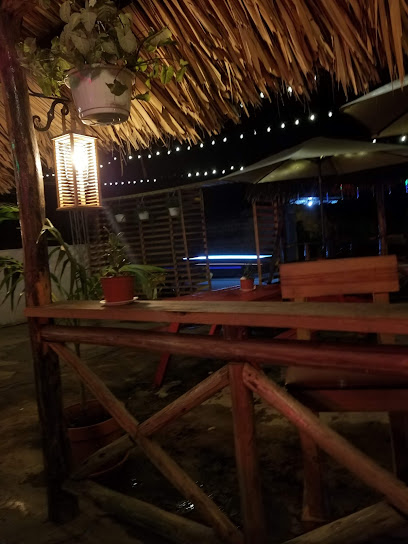
Amici Ristorante Italiano Santiago
Experience authentic Italian flavors at Amici Ristorante Italiano in Santiago de los Caballeros—where every dish tells a story.
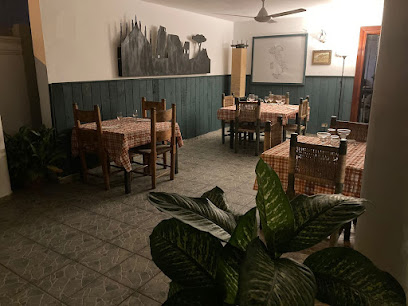
Carnita
Experience the vibrant flavors of Dominican cuisine at Carnita in Santiago de los Caballeros - a culinary delight for every food lover.
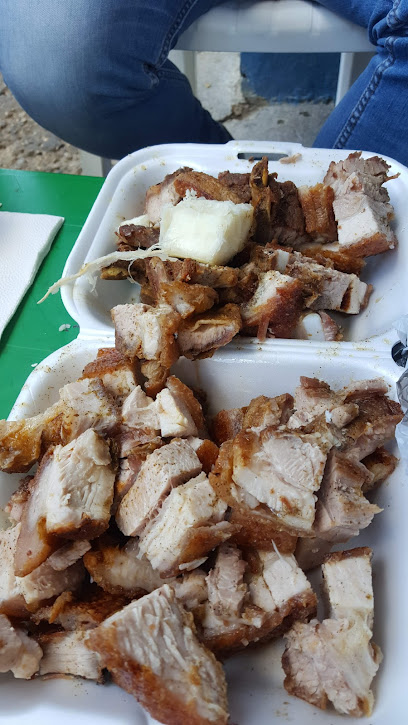
Pura Masa
Discover the vibrant flavors of Latin America at Pura Masa in Santiago de los Caballeros—a culinary treasure not to be missed.
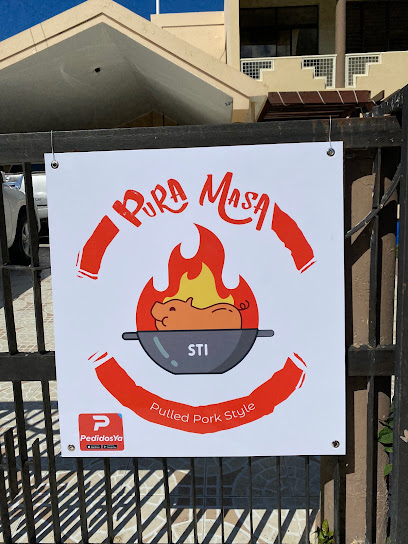
Delicias El Porton
Experience authentic Dominican cuisine at Delicias El Porton in Santiago de los Caballeros, where every dish tells a story.

Furgon Tropical BBQ
Experience authentic Dominican barbecue at Furgon Tropical BBQ - where flavorful meats meet vibrant Caribbean culture in Santiago de los Caballeros.
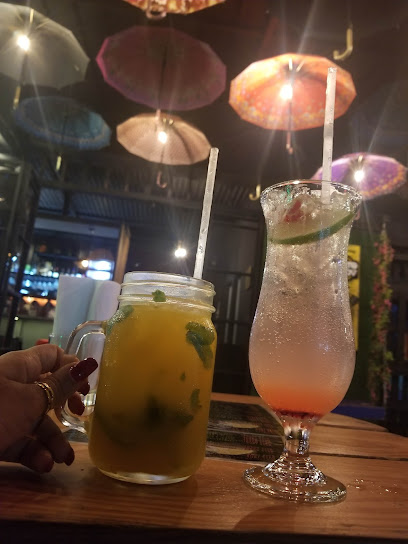
El sazón de Ivelisse
Experience authentic Dominican flavors at El Sazón de Ivelisse in Santiago - where tradition meets taste.
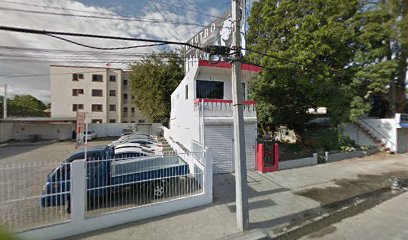
La Polada Cocina Gourmet
Discover the exquisite fusion of traditional Dominican flavors at La Polada Cocina Gourmet in Santiago de los Caballeros.
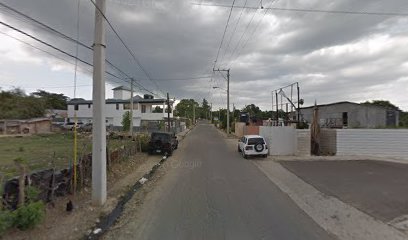
Markets, malls and hidden boutiques
Colinas Mall
Explore Colinas Mall in Santiago de los Caballeros for an unforgettable shopping experience filled with diverse stores, delicious dining, and exciting entertainment.
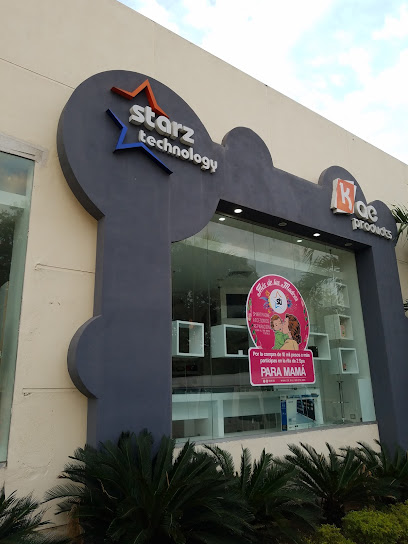
Master Plaza
Discover the vibrant shopping and dining experience at Master Plaza in Santiago de los Caballeros, where local culture meets modern retail.

OchoSantos - Gurabo
Discover OchoSantos in Gurabo for an exquisite selection of local and international liquors that elevate your travel experience.

Plaza Gurabo
Experience the vibrant shopping and dining scene at Plaza Gurabo, a must-visit destination in Santiago de los Caballeros.

Chichi Sport
Experience the vibrant fashion of the Dominican Republic at Chichi Sport, a premier clothing store in Santiago de los Caballeros.

Enmarcado Gurabo, S.R.L
Explore Enmarcado Gurabo, S.R.L in Santiago de los Caballeros for unique home goods that reflect the vibrant Dominican culture and artistry.
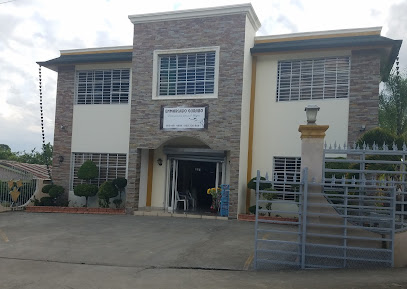
Gurabo pacas
Explore stylish clothing options at Gurabo Pacas, a must-visit fashion destination in Santiago de los Caballeros, Dominican Republic.
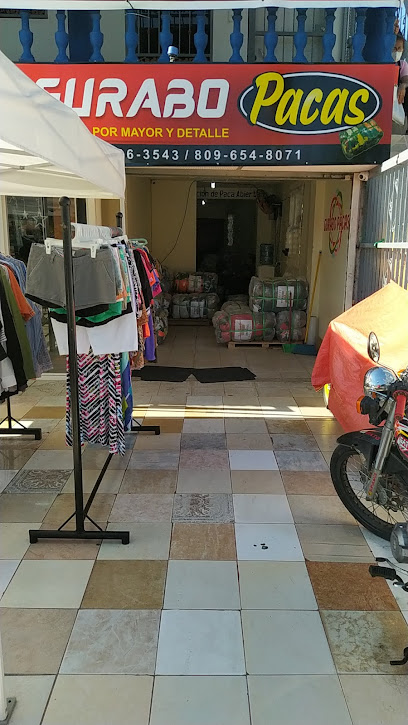
Emporium Plaza
Discover Emporium Plaza in Santiago de los Caballeros - your ultimate shopping destination for local flavors and global brands.

ABRILA SHOPP
Discover vibrant fashion and unique styles at ABRILA SHOPP, the premier clothing store in Santiago de los Caballeros, Dominican Republic.
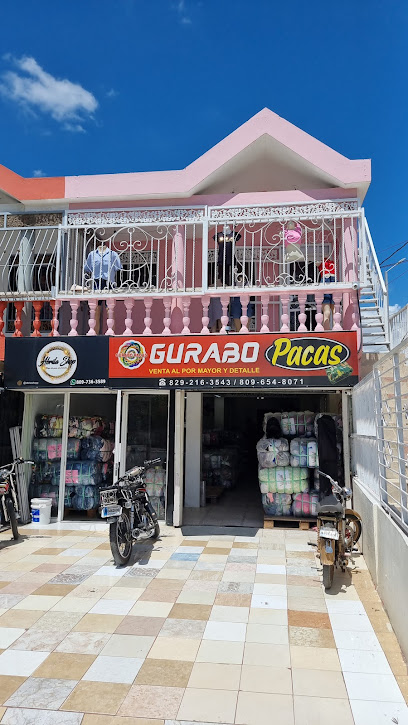
Lylis Closet
Explore the vibrant fashion scene at Lylis Closet in Santiago de los Caballeros – where style meets local charm and affordability.

Essential bars & hidden hideouts
Kuki's Bar
Discover the vibrant flavors of Kuki's Bar in Santiago de los Caballeros, where local cuisine meets a lively atmosphere for an unforgettable dining experience.
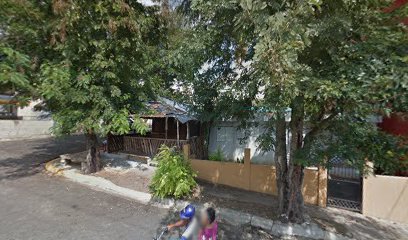
Rincon Bar & Lounge (Car Wash)
Experience the vibrant atmosphere of Rincon Bar & Lounge in Santiago de los Caballeros, where Caribbean nightlife and delicious cocktails await.

Noche de Galin
Discover the lively nightlife at Noche de Galin, a vibrant bar in Santiago de los Caballeros offering creative cocktails and a fun atmosphere.
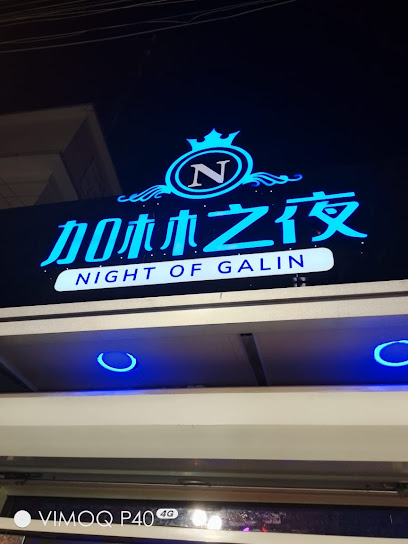
Tropella Cocktails
Experience the vibrant flavors of Tropella Cocktails in Santiago de los Caballeros, where delicious grilled dishes meet creative cocktails in a lively atmosphere.

Vapeobar
Discover Vapeobar in Santiago de los Caballeros – a trendy bar for vaping enthusiasts offering a relaxed atmosphere and vibrant local culture.
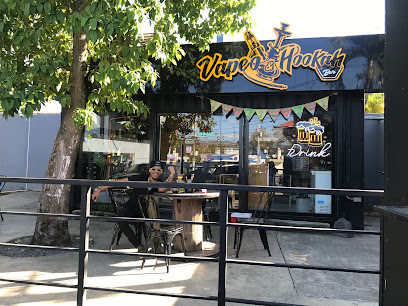
Capi Drinks
Experience the vibrant nightlife at Capi Drinks, a lively bar in Santiago de los Caballeros, offering exquisite drinks and local culture.
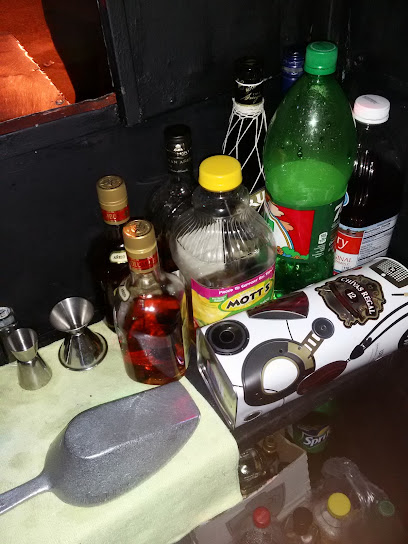
加林之夜
Discover the vibrant nightlife of Santiago de los Caballeros at 加林之夜, where lively music, delicious drinks, and unforgettable memories await.
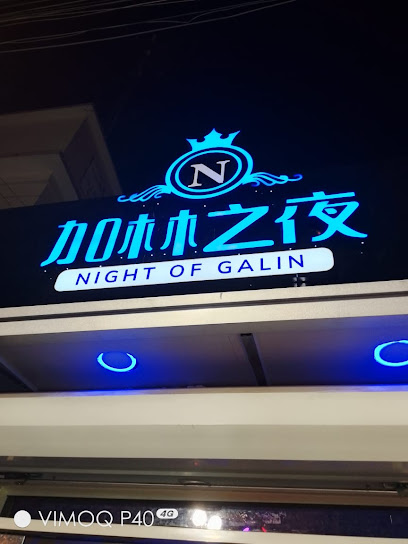
SEMPITERNO
Discover the vibrant atmosphere of Sempiterno, where cocktails, music, and culture come together in Santiago de los Caballeros.

lata bar
Experience the vibrant nightlife at Lata Bar in Santiago de los Caballeros, where refreshing drinks meet a lively atmosphere.
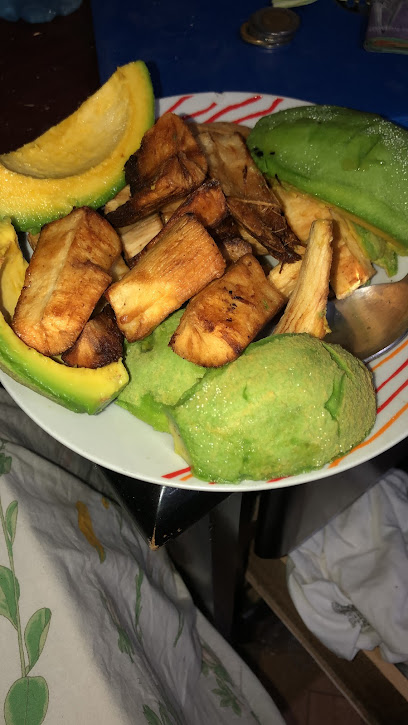
La Mami Car Wash
Experience the unique charm of La Mami Car Wash in Santiago de los Caballeros, where relaxation meets refreshment in a vibrant atmosphere.
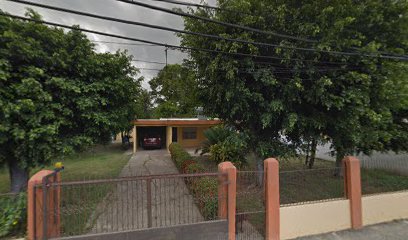
Local Phrases
-
- Hello¡Hola!
[oh-lah] - Goodbye¡Adiós!
[ah-dee-ohs] - YesSí
[see] - NoNo
[no] - Please/You're welcomePor favor/De nada
[por fah-vor/deh nah-dah] - Thank youGracias
[grah-see-ahs] - Excuse me/SorryPerdón
[pehr-dohn] - How are you?¿Cómo estás?
[koh-moh ehs-tahs] - Fine. And you?Bien. ¿Y tú?
[bee-ehn. ee too] - Do you speak English?¿Hablas inglés?
[ah-blahs een-glehs] - I don't understandNo entiendo
[no ehn-tee-ehn-doh]
- Hello¡Hola!
-
- I'd like to see the menu, pleaseMe gustaría ver el menú, por favor
[meh goo-stah-ree-ah behr ehl meh-noo, por fah-vor] - I don't eat meatNo como carne
[no koh-moh kahr-neh] - Cheers!¡Salud!
[sah-lood] - I would like to pay, pleaseMe gustaría pagar, por favor
[meh goo-stah-ree-ah pah-gahr, por fah-vor]
- I'd like to see the menu, pleaseMe gustaría ver el menú, por favor
-
- Help!¡Ayuda!
[ah-yoo-dah] - Go away!¡Vete!
[veh-teh] - Call the Police!¡Llama a la policía!
[yah-mah ah lah poh-lee-see-ah] - Call a doctor!¡Llama a un médico!
[yah-mah ah oon meh-dee-koh] - I'm lostEstoy perdido
[ehs-toy pehr-dee-doh] - I'm illEstoy enfermo
[ehs-toy ehn-fehr-moh]
- Help!¡Ayuda!
-
- I'd like to buy...Me gustaría comprar...
[meh goo-stah-ree-ah kohm-prahr] - I'm just lookingSolo estoy mirando
[soh-loh ehs-toy mee-rahn-doh] - How much is it?¿Cuánto cuesta?
[kwan-toh kwehs-tah] - That's too expensiveEsto es demasiado caro
[ehs-toh ehs deh-mah-syah-doh kah-roh] - Can you lower the price?¿Puedes bajar el precio?
[pweh-dehs bah-hahr ehl preh-syoh]
- I'd like to buy...Me gustaría comprar...
-
- What time is it?¿Qué hora es?
[keh oh-rah ehs] - It's one o'clockEs la una
[ehs lah oo-nah] - Half past (10)Y media (10)
[ee meh-dee-ah (diez)] - MorningMañana
[mah-nyah-nah] - AfternoonTarde
[tahr-deh] - EveningNoche
[noh-cheh] - YesterdayAyer
[ah-yehr] - TodayHoy
[oy] - TomorrowMañana
[mah-nyah-nah] - 1Uno
[oo-noh] - 2Dos
[dohs] - 3Tres
[trehs] - 4Cuatro
[kwah-troh] - 5Cinco
[seen-koh] - 6Seis
[sehs] - 7Siete
[syeh-teh] - 8Ocho
[oh-choh] - 9Nueve
[nweh-veh] - 10Diez
[dyehs]
- What time is it?¿Qué hora es?
-
- Where's a/the...?¿Dónde está...?
[dohn-deh ehs-tah] - What's the address?¿Cuál es la dirección?
[kwal ehs lah dee-rehk-syon] - Can you show me (on the map)?¿Puedes mostrarme (en el mapa)?
[pweh-dehs mohs-trahr-meh (ehn ehl mah-pah)] - When's the next (bus)?¿Cuándo es el próximo (autobús)?
[kwan-doh ehs ehl proh-ksee-moh (ow-toh-boos)] - A ticket (to ....)Un boleto (a ....)
[oon boh-leh-toh (ah)]
- Where's a/the...?¿Dónde está...?
History of Gurabo
-
Gurabo's history is deeply intertwined with the colonial era of the Dominican Republic, which began in the late 15th century. Originally settled by Spanish colonists, the area became known for its agricultural production, particularly sugarcane and tobacco. The rich, fertile lands surrounding Gurabo contributed to the establishment of plantations that played a significant role in the economy of Santiago and the nation.
-
Throughout the 19th century, Gurabo evolved from a rural agricultural area into a more developed residential neighborhood. As Santiago grew, Gurabo began to attract families looking for a suburban lifestyle. This transformation was marked by the establishment of schools, churches, and local markets, which helped solidify the community's identity within the larger Santiago region.
-
In the mid-20th century, Gurabo experienced significant economic changes. The introduction of various industries and businesses, particularly in manufacturing and services, diversified the local economy. This period also saw an influx of migrants from other parts of the country, further enriching the cultural tapestry of Gurabo and contributing to its growth as a vibrant neighborhood.
-
Gurabo is known for its strong sense of community and cultural heritage. The neighborhood hosts various local festivals that celebrate Dominican traditions, music, and cuisine. The influence of Afro-Dominican culture is particularly evident in the vibrant music scene, with genres such as Merengue and Bachata being integral to local celebrations. Additionally, Gurabo's churches and community centers play a crucial role in fostering social cohesion.
-
In recent decades, Gurabo has seen rapid urbanization and modernization. Infrastructure improvements, including roads and public transportation, have made the area more accessible, leading to further residential and commercial developments. This growth has brought both opportunities and challenges, as the neighborhood strives to maintain its cultural identity amidst the pressures of modernization.
Gurabo Essentials
-
Gurabo is easily accessible from other neighborhoods in Santiago. From the city center, you can take a taxi or a local motoconcho (motorcycle taxi) for a quick ride, which usually takes about 15-20 minutes. Public buses also run regularly from the main bus terminal to Gurabo, and the fare is quite affordable. If you're coming from the Cibao International Airport, taxis are available and will take approximately 30 minutes to reach Gurabo.
-
Gurabo is a relatively small and manageable neighborhood, making it easy to explore on foot. For longer distances, local buses and motoconchos are readily available. Bicycles can also be rented from various local shops, providing a fun way to navigate the area. However, be cautious of traffic as roads can be busy. Rideshare services may also be available.
-
Gurabo is generally a safe neighborhood for tourists, but it is wise to take standard precautions. Avoid walking alone at night in poorly lit areas. While there are no specific high-crime areas known for targeting tourists, caution should be exercised in less populated streets. Always keep your belongings secure and be mindful of your surroundings.
-
In case of an emergency, dial 911 for police, fire, or medical assistance. The nearest hospital is in the city center, and it's a good idea to have travel insurance that covers medical emergencies. Pharmacies are available in Gurabo for minor health issues, and they often have English-speaking staff.
-
Fashion: Do dress modestly, especially in religious sites. Avoid overly revealing clothing. Religion: Do respect local customs; it's customary to greet with a polite nod or handshake. Public Transport: Do offer your seat to the elderly and pregnant women. Don't consume food or drink on public transport. Greetings: Do greet locals with a friendly 'Hola' and a smile. Eating & Drinking: Do try local specialties and be respectful of meal customs. Don't refuse food offers unless you have dietary restrictions, as it may be seen as rude.
-
To experience Gurabo like a local, visit the neighborhood markets for an authentic taste of daily life. Engage with local vendors and try some street food; the empanadas and fresh fruit juices are a must. Attend local events or festivals if your timing aligns, as they showcase the area's culture and community spirit. Don't hesitate to ask locals for recommendations on where to eat or visit; they are often happy to share their favorite spots.
Trending Landmarks in Gurabo
-
Monument to the Heroes of the Restoration
-
Centro Cultural Eduardo León Jimenes
-
Duarte Park
-
Jardín Botánico de Santiago Profesor Eugenio de Jesús Marcano Fondeur
-
Fortaleza San Luis
-
Hostal Casa Jum
-
El Saltadero de Jacagua
-
Palacio Consistorial
-
Río Gurabo
-
Lineal Arroyo Gurabo Park
-
Boulevard Las Tres Cruces
-
Gurabo, Santiago de los caballeros
-
Casa de Ermogenes
-
Desembocadura arroyo gurabo
-
Gurabo
Nearby Cities to Gurabo
-
Things To Do in Jarabacoa
-
Things To Do in Santo Domingo
-
Things To Do in Samana
-
Things To Do in Hinche
-
Things To Do in Cap-Haïtien
-
Things To Do in Port-au-Prince
-
Things To Do in Petionville
-
Things To Do in Gonaïves
-
Things To Do in Salt Cay
-
Things To Do in La Romana
-
Things To Do in Saint-Marc
-
Things To Do in Cockburn Town
-
Things To Do in Grand Turk
-
Things To Do in Bayahibe
-
Things To Do in Jacmel

